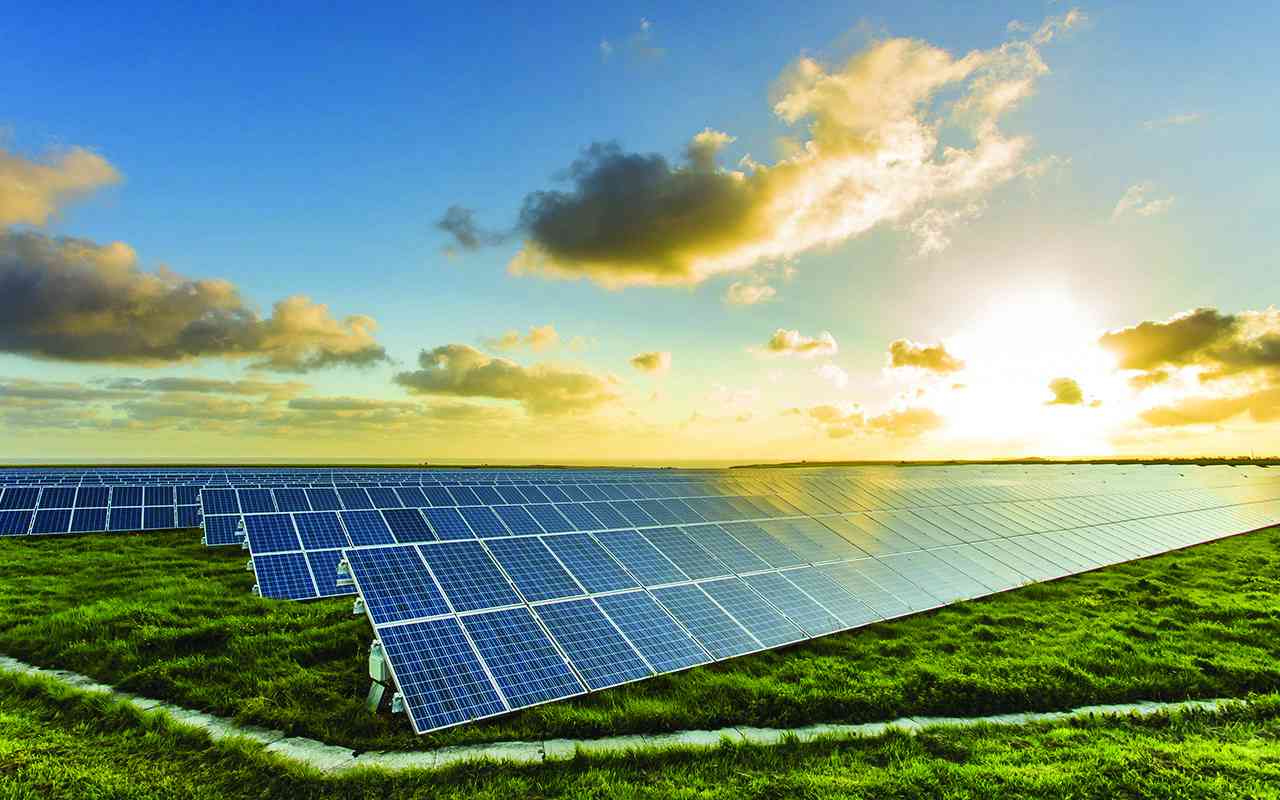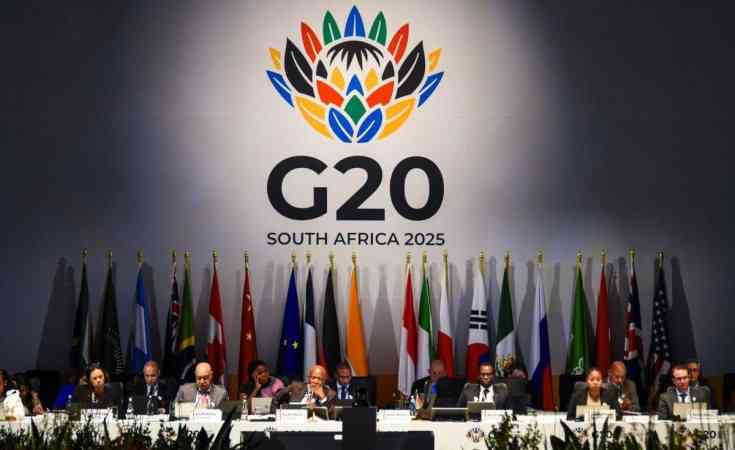
As the world races towards a digital future, nations are laying the foundations for this transformation — beginning not with apps, satellites, or artificial intelligence, but with something far more fundamental: electricity. For developing countries such as Zimbabwe, the dream of becoming digital-first economies will remain elusive unless we first address the glaring absence of a robust, reliable power infrastructure.
Today in Harare, even within the bounds of the capital city, electricity is rationed with a cruel irony.
Power flows most reliably between 8pm and 5am — the very hours when homes are asleep, offices are closed, and classrooms are dark. In the capital's high density suburbs including Mbare and Epworth, electricity is so scarce that entire weeks may pass with only a few hours of access.
This is not just inconvenient — it is a crisis of national development.
Electricity lifeblood of digital economy
Digital transformation is more than a trendy phrase or a futuristic vision. It is a necessary path toward real, sustainable, and inclusive economic growth. But for Zimbabwe to walk this path, we must start at the beginning: with power.
Imagine schools equipped with computers, internet access, and digital learning tools — all powered by a reliable electricity grid. Imagine rural clinics using telemedicine to connect patients with the handful of specialists in our country. Imagine innovation hubs powered by solar and smart grids, filled with Zimbabwean youth solving uniquely Zimbabwean challenges with home-grown digital solutions.
This is the promise of a digital future. But this future cannot be built on a foundation of blackouts and broken grids.
- Mavhunga puts DeMbare into Chibuku quarterfinals
- Bulls to charge into Zimbabwe gold stocks
- Ndiraya concerned as goals dry up
- Letters: How solar power is transforming African farms
Keep Reading
A national strategy rooted in power
President Emmerson Mnangagwa has acknowledged the electricity challenges facing the country through several presidential schemes.
However, Zimbabwe now needs a bold, forward-looking and interdisciplinary national strategy that aligns economic development with digital transformation — and places electricity at its core.
Zimbabwe must adopt a multi-sectoral approach in redesigning and implementing an integrated, multi-source power grid.
This means moving beyond the traditional siloed roles of the Ministry of Energy and involving sectors such as education, health, agriculture, manufacturing, telecommunications, and finance in a coordinated national energy strategy.
This strategy must have clearly defined focus areas such as:
Electrify education: Power every school, especially in rural areas, and equip them with digital tools. Train both teachers and students in digital literacy and foster a mindset of problem-solving using global knowledge.
Build innovation hubs: Create well-powered regional tech centres that attract the best minds from across the nation and diaspora. These hubs can house AI labs, data centres, and incubators that design home-grown solutions for us — by us in agriculture, healthcare, and education. Simply adopting technologies developed elsewhere is like wearing borrowed clothes — they don’t always fit. Accurate precision medicine for us — will require an input of our own data.
Digitise healthcare: With fewer than one doctor for every 4 000 citizens, and fewer than five dermatologists nationwide, Zimbabwe must embrace telemedicine. Digital health hubs, staffed by nurses and powered by strong internet and electricity, can connect patients with scarce specialists using platforms such as Navala Global, which already offers teleconsultation services in Zimbabwe and abroad.
Harness renewable energy: The path forward must include public private partnerships to invest in solar farms and off grid technologies. Nations like Rwanda and Kenya have successfully deployed solar mini grids and battery storage systems in rural areas, enhancing both power access and economic opportunity. Zimbabwe can learn from these models and even lead them.
The strategy should note — the education sector’s push toward digital learning platforms requires consistent electricity to power devices and connectivity; the health sector’s telemedicine ambitions demand stable power for clinics and diagnostic tools; agriculture's shift toward precision farming relies on sensors, AI tools, and refrigeration for post-harvest handling — all of which are dependent on reliable energy supplies.
Telecommunications and fintech sectors, which are vital enablers of mobile banking and e-governance, also require uninterrupted power to maintain digital infrastructure.
By pooling expertise, resources, and strategic interests, these sectors can co-design a smart grid system that integrates renewable sources such as solar, wind, and hydro, decentralise power generation through microgrids, and uses digital monitoring for efficiency and scalability.
Such an integrated approach ensures that power infrastructure is not only robust, but also aligned with the broader economic and digital transformation agenda, accelerating inclusive development across all regions of Zimbabwe.
The investment imperative
To bridge the power gap, Zimbabwe must make an audacious, strategic leap: a large scale, multi-pronged investment in electricity infrastructure, led by solar power.
Zimbabwe sits on a treasure trove of solar potential, with over 3 000 hours of sunshine each year.
Yet, we still import power and burn costly fossil fuels to meet demand.
This is neither economically prudent nor environmentally sustainable.
We propose that Zimbabwe should boldly aim to build the largest solar farm in Southern Africa — a beacon of clean energy and development. Such a project would not only electrify homes and industries, but also symbolise a future powered by resilience, sustainability, and innovation.
Any excess power generated by Zimbabwe can be added to the regional power grid — assisting our neighbours and generating foreign currency for our country.
Our government should consider assigning one or two of our rare earth minerals or even two-highly productive diamond or lithium mines and designate revenues from those towards building a bold electrical powerhouse in the region — with an independent interdisciplinary team spearheading this process.
Public private partnerships
Realising this vision doesn’t rest on government shoulders alone. Public private partnerships (PPPs) can unlock private capital, technical expertise, and operational efficiency— while the state provides regulatory support, land access, and long-term planning.
Consider the Benban Solar Park in Egypt, one of the world’s largest solar farms, developed through a PPP model involving multiple private investors.
In South Africa, the Renewable Energy Independent Power Producer Procurement Programme has attracted billions in solar investments, delivering thousands of megawatts to the grid and creating local jobs.
In Ethiopia, government partnerships with foreign investors led to the development of the Reppie Waste to Energy plant, helping solve both waste management and power generation.
In Kenya, M-KOPA’s pay as you go solar model has electrified over one million homes, enabling digital banking and education in the most remote villages. These are not mere projects — they are blueprints Zimbabwe can adapt, scale, and own.
With clear policies and streamlined approvals, Zimbabwe could replicate and adapt these models, using PPPs to accelerate energy access, cut costs, and scale innovation.
Time for boldness is now
Zimbabwe stands at a critical crossroads. The choice is not between going digital or not — that decision has already been made by global reality.
The question is whether we will prepare ourselves to take part in the digital future as creators or mere consumers.
We cannot download our way to development. We must build it — circuit by circuit, school by school, hub by hub.
This is not the time for small dreams or cautious steps. It is the time for long-term, high-voltage thinking.
To the policymakers, investors, and citizens of Zimbabwe, let us summon the courage to electrify our future. Let us dream beyond outages.
Let us power a generation not just with electricity, but with possibility. Power Zimbabwe. Power Africa.
Power the future. And be truly open for business.
For in the dark, potential lies dormant — but when the lights come on, so too does the future.
- Dr. Nota is an economist, public health advisor, and a compliance and ethics professional. He is the founder of Navala Global and has previously served in both academic and policy roles in the United States. This article is part 4 in a series Dr. Nota is writing on Rethinking Zim’s Economic Development. These weekly New Perspectives articles, published in the Zimbabwe Independent, are coordinated by Lovemore Kadenge, an independent consultant, managing consultant of Zawale Consultants (Pvt) Ltd, past president of the Zimbabwe Economics Society and past president of the Chartered Governance & Accountancy Institute in Zimbabwe. — [email protected] or +263 772 382 852.











